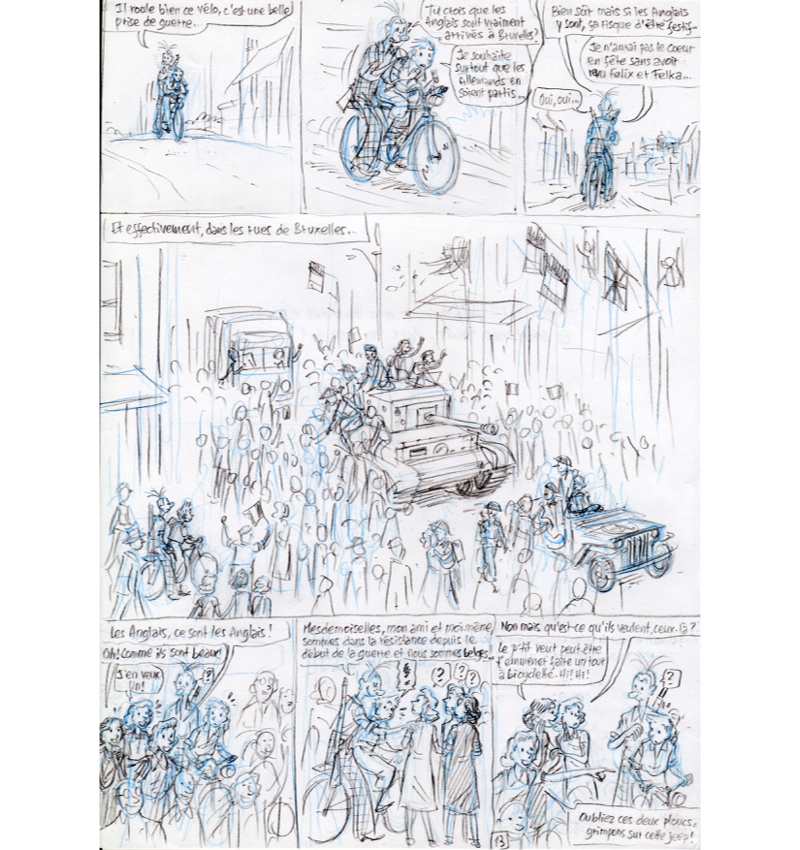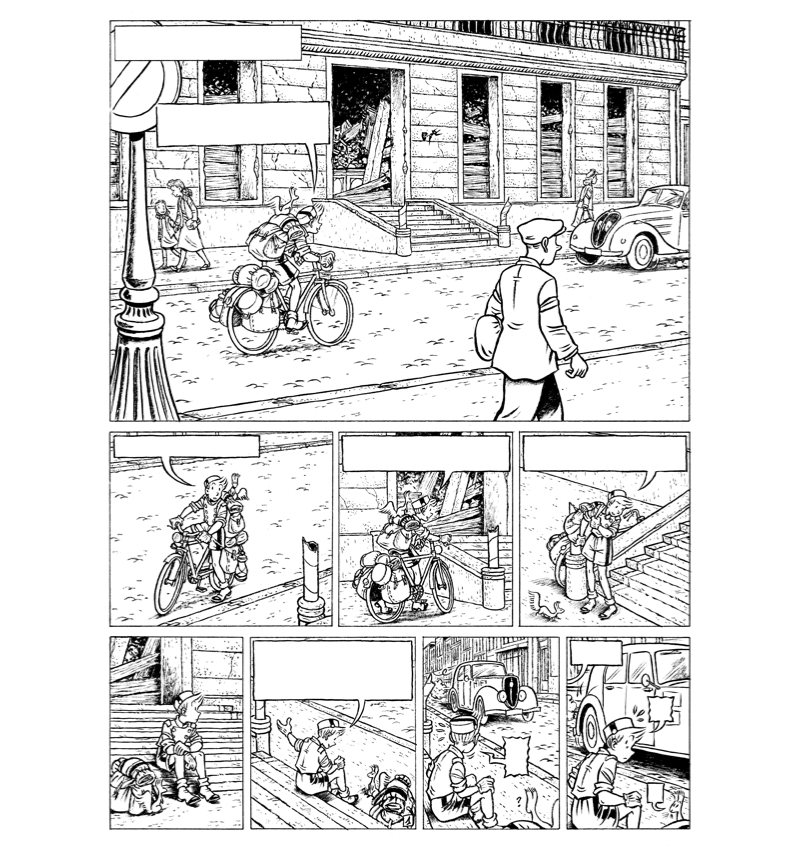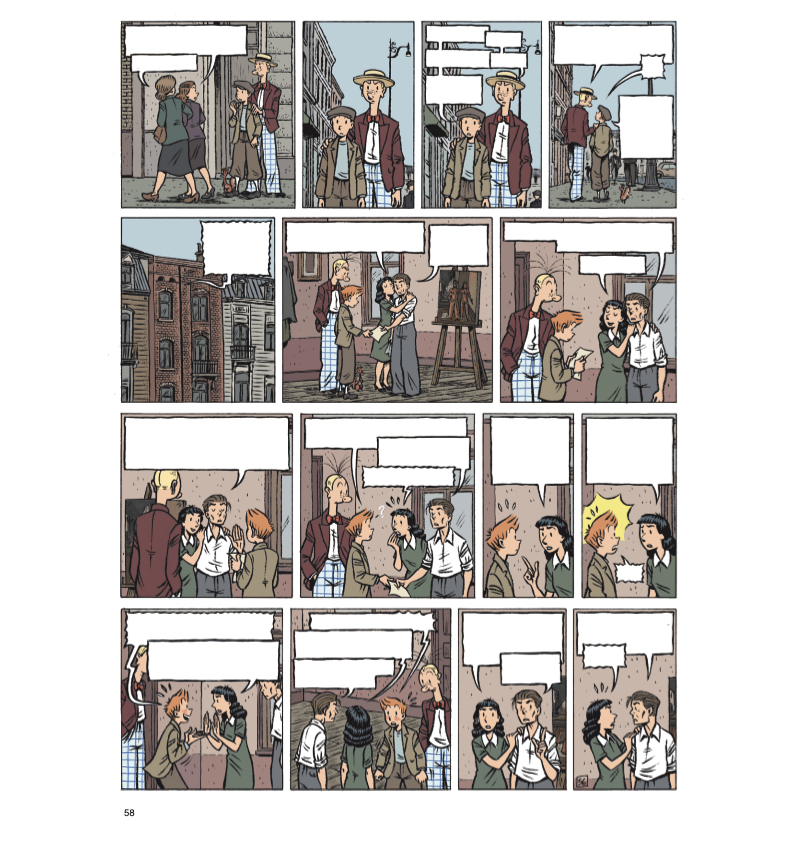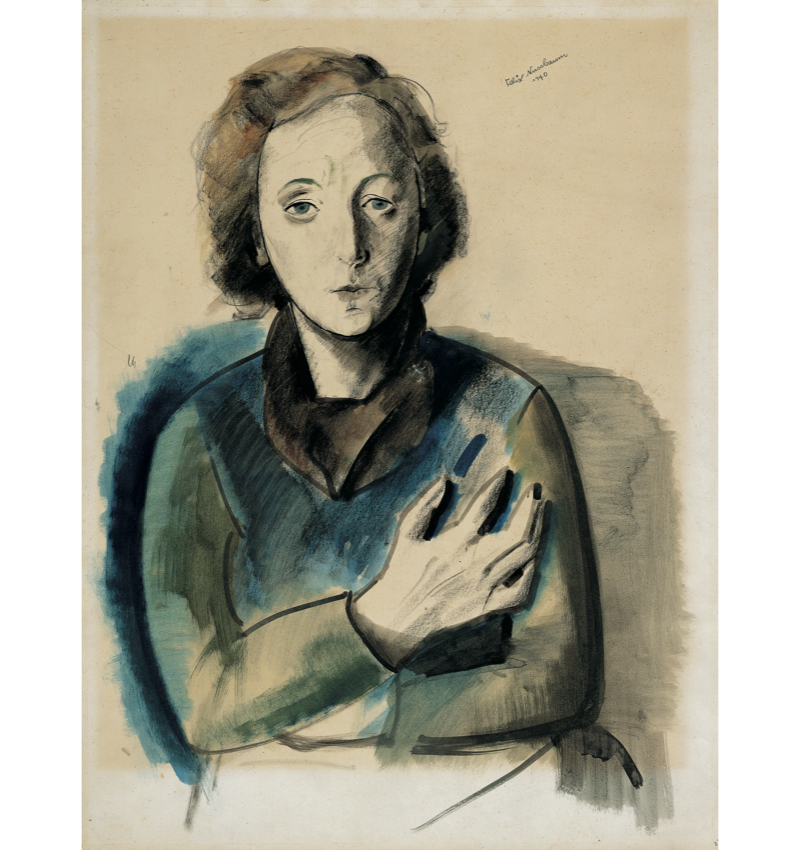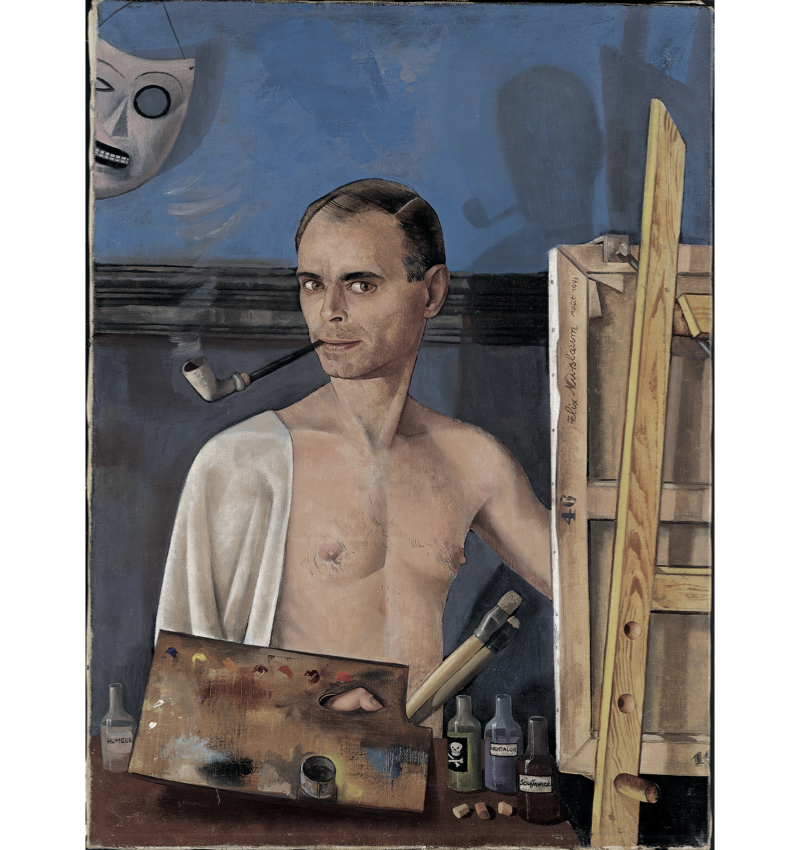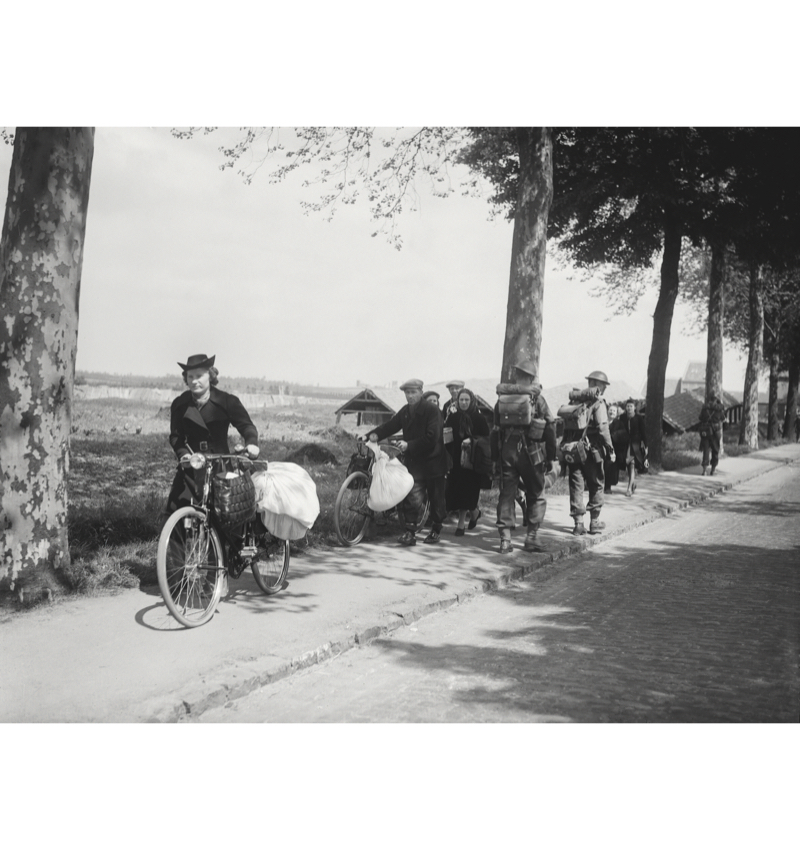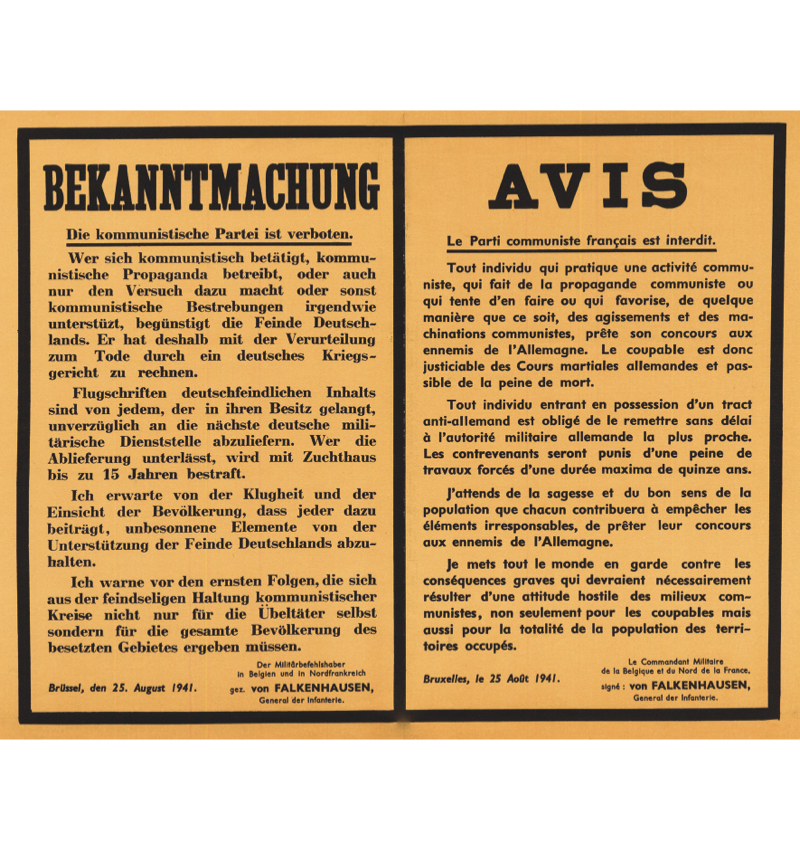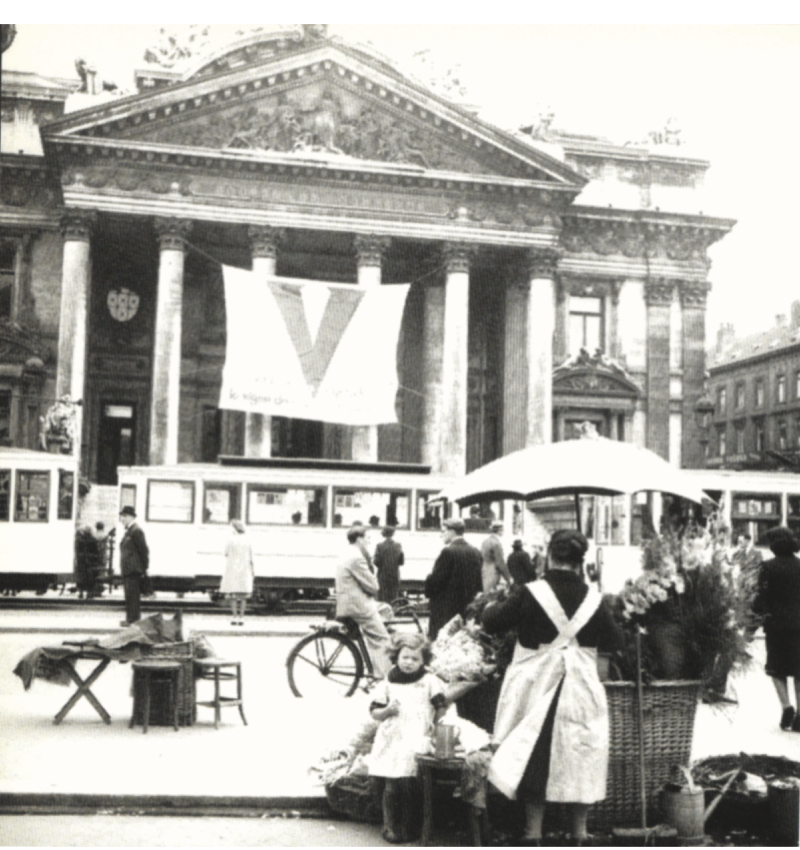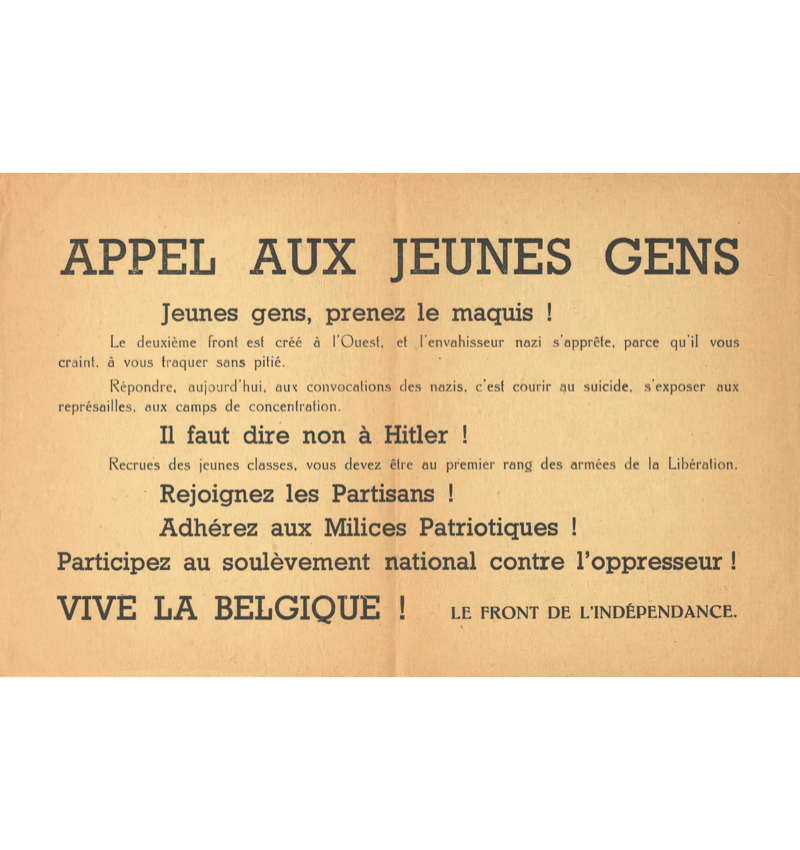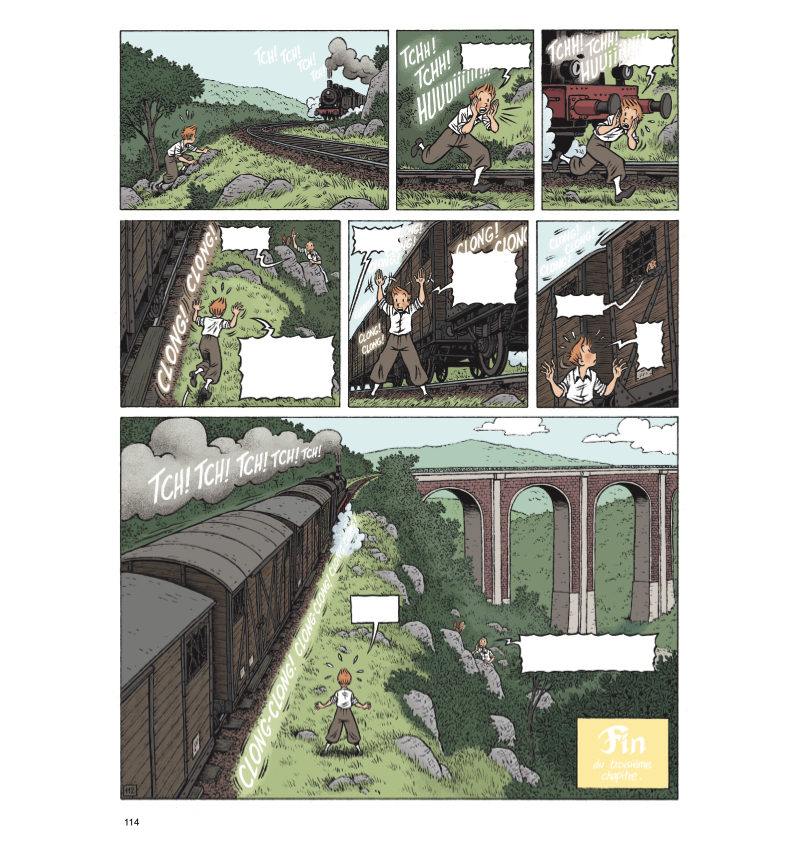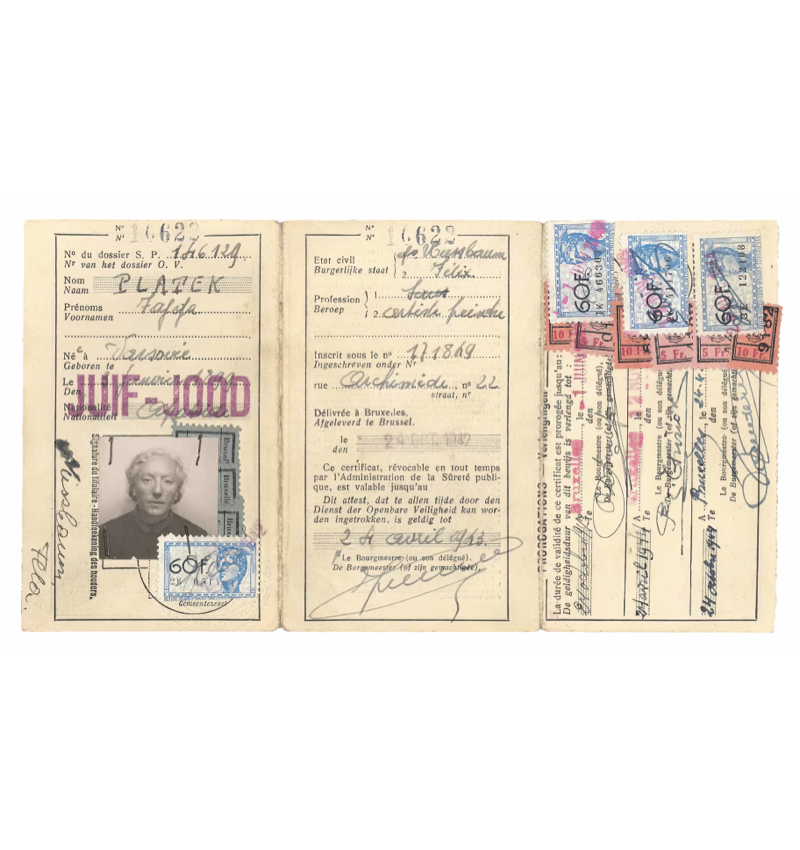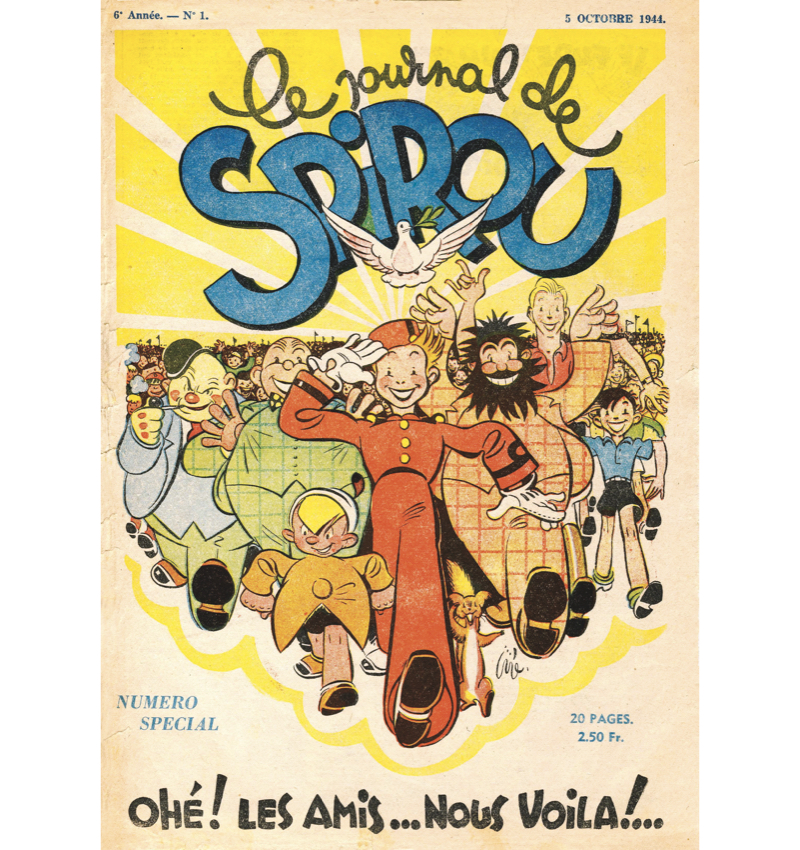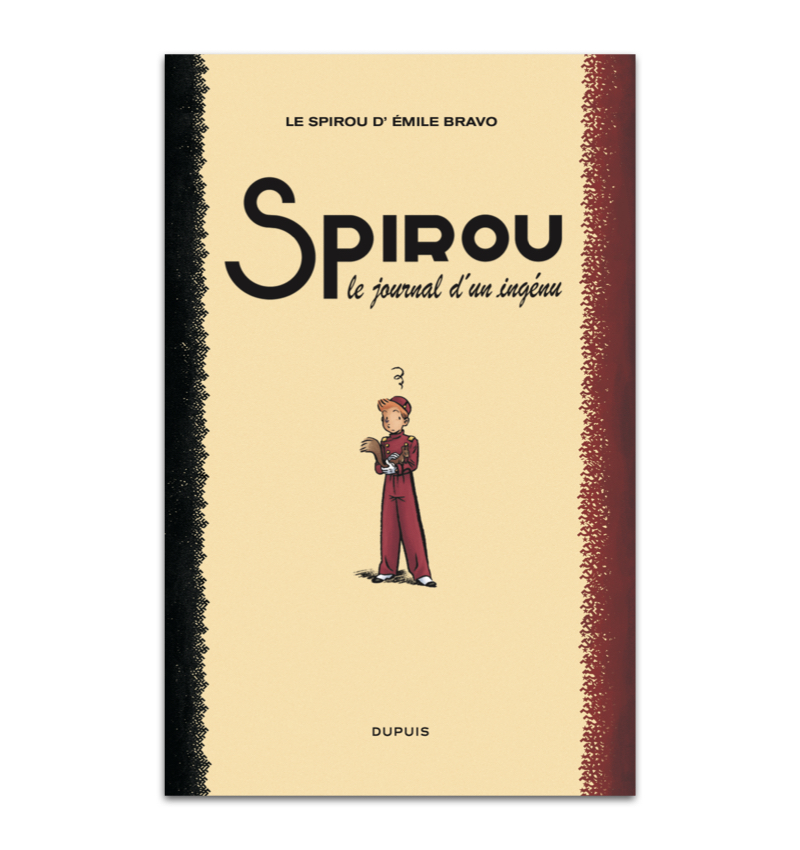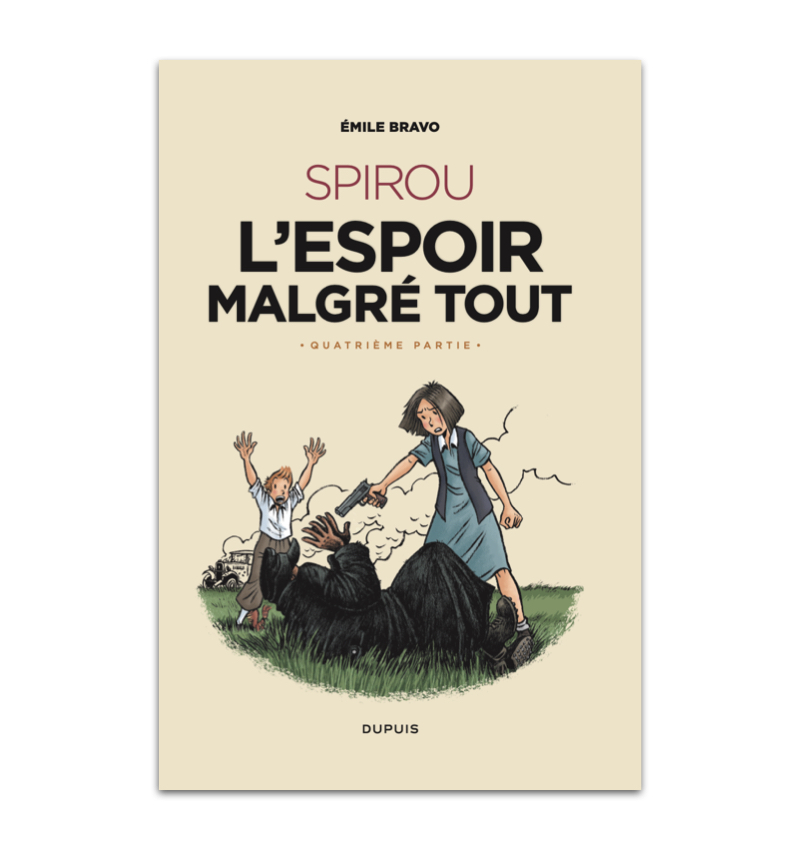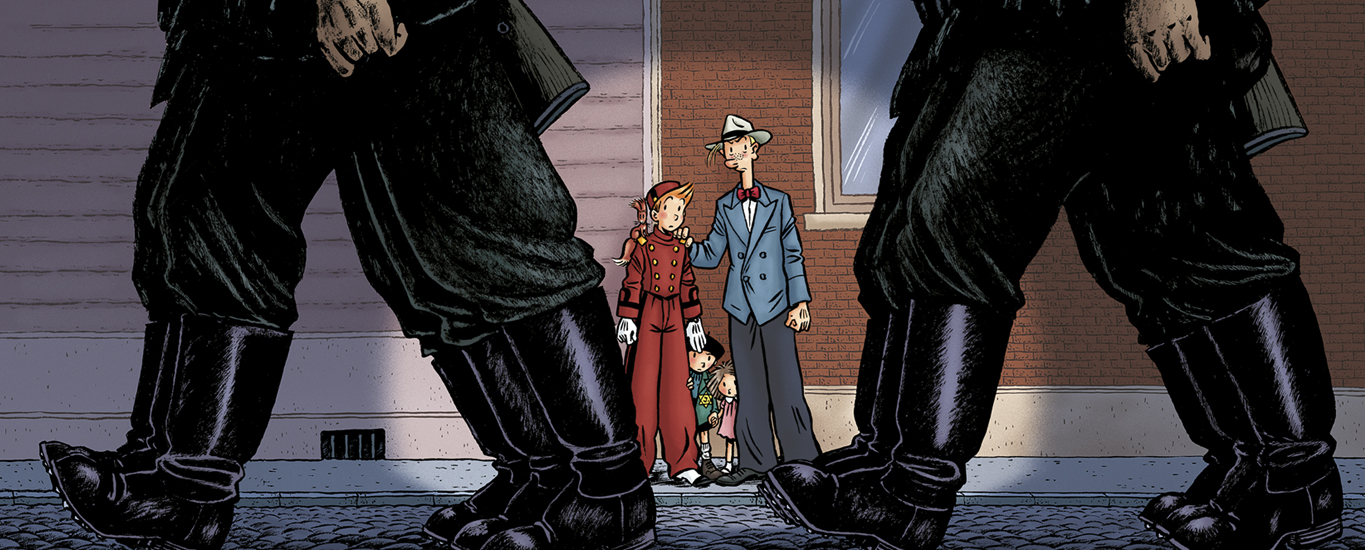
December 9th 2022 to August 30th 2023
THE SPIROU OF EMILE BRAVO
Through the eyes of a famous hero, Spirou, Emile Bravo tells the story of the Second World War a wide audience by rooting his work in three historical realities : the Occupation, the Resistance and the Holocaust. He forges a tight narrative to make up for the irremediable loss of those who eyewitnessed these tragic events.
L’espoir malgré tout (Hope Despite Everything) is a tragi-comedy combining historical fact and fiction, an empathic work that puts testimony within a child’s reach. The series recounts the war’s horrors, barely mitigated by Fantasio’s antic, and warns of the consequences of hatred and totalitarianism.
With Spirou, readers discover where hatred and fanaticism can lead to. Without going overboard, Bravo’s compelling work puts across his message : it is not necessary to fight with weapons and kill someone to be a hero. It is more about being a humanist, and above all of « knowing why we are humanist. That’s what it’s all about. Hope despite everything. »
SPIROU AND FANTASIO
MEET FELIX AND FELKA
Felix is a German Jewish painter living in Belgium with his wife Felka, also an artist. Spirou is immediately moved by their plight : The Nazi barbarism they had fled has caught up with them. When they become friends, Spirou witnesses the persuasive, indisciminate criminal persecution of men, women, old people and children. He stands up against the situation and, with Fantasio, helps the clandestine artists until they disappear in 1944.
Felix Nussbaum and Felka Platek were real people. The comic book reveals Felix’s paintings and two sides of the artist’s condition : one, Felix, paints to exist and express his feelings and suffering, while the other, Felka, paints to survive, designing decorative objects. Some of their paintings disappeared after their deportation. Emile Bravo’s comic book introduces us to their life and work.
BELGIUM IN THE WAR
On May 10, 1940, Belgium was invaded by German troops, millions of Belgians fled in total chaos. The gouvernment which left Brussels on May 17. The Belgian army is no match for it. After eighteen days of combat, the king capitulates, in disagreement with the government. The Occupation began.
On May 20, General Alexander von Falkenhausen was appointed governor of Belgium and on June 1, The North of France (Nord and Pas-de-Calais) was added to the area under his control. A military command is set up : the MBB (Militärbefehlshaber in Belgien und Nordfrankreich). With its fiveOberfeldkommandatur (Field High Command, OFK) in Brussels, Ghent, Liège, Mons and Lille.
It displayed pragmatism and realism in coordinating the civil administration, the repression of resistance and the deportation of Jews in Belgium and Northen France. The Belgian police and collaborators assisted the Nazi police.
BRUSSELS OCCUPIED
Brussels was quickly beset bu supply issues. Hunger was most keenly felt there and in other cities. Rationing began in the summer of 1940. Meanwhile, life went on. Theaters and cinemas reopened, sports and cultural activities resumed. Children went back to school in September.
As the capital, Brussels was the hub of various forms of resistance, from the underground press -nearly a third of Belgium’s illegal newspapers were printed there – to armed struggle, sabotage, civil disobedience and rescue operations.
A NEWSPAPER IN RESISTANCE
In May 1940, Jean Dupuis fled the German advance to Le havre. The publisher caught a boat from there to London, where he remained throughout the war. His sons, Paul and Charles, and his son-in-law, René Matthews, took over the printing business, which narrowly escaped German sequestration. They began publishing again. In 1943, the Germans ordered them to put one of their men on the board of directors. They refused.
The Journal de Spirou was shut down. Then Doisy had the idea of creating a puppet show to keep the newspaper’s characters alive and animate his resistance network.
The Théâtre du Farfadet
After meeting André Moons, Suzanne’s son, who dreamed of becoming a puppeteer, Evrard had the idea of creating a traveling theater sponsored by Le Journal de Spirou as an ideal cover for the Resistance. Children loved André’s puppet shows, but they were a front for an active network:
In December 1942, the Théâtre du Farfadet began traveling around Belgium as a cover for saving Jews (Suzanne Moons) and carrying out acts of sabotage (Jean-Jacques Oblin).
JEAN DOISY
Georges Evrard, alias Jean Doisy, was a journalist (Le Moustique, 1932-1955), editor-in-chief of Le Journal de Spirou (1938-1955), author, comic strip writer (« Valhardi » with Jijé) and the creator of Fantasio, Spirou’s firend. Under his real name, he was involved in various Communist organizations.
In 1936, he became secretary-administrator of the Ligue belge contre le racism. Evrard also belonged to the Amis de la démocratie allemande and upheld the same humanist values in both his political and private life.
In 1940, he joined the Resistance, later becoming the head of recruitment for the Independence Front, enlisting, among others, Victor Martin, « the Auschwitz spy », and Suzanne Moons, alias « Brigitte », who saved 600 children between 1942 and 1944, for the Comité de la défense des Juifs. But how many readers of Le Journal de Spirou did he bring into the Resistance ? Evrard was decorated with the Croix de Guerre and died in 1955 before having a chance to tell his story.
Jean-Georges Evrard, also known as Jean Doisy, editor-in-chief of Le Journal de Spirou. Belgium, 1941. © Archives famille Evrard.
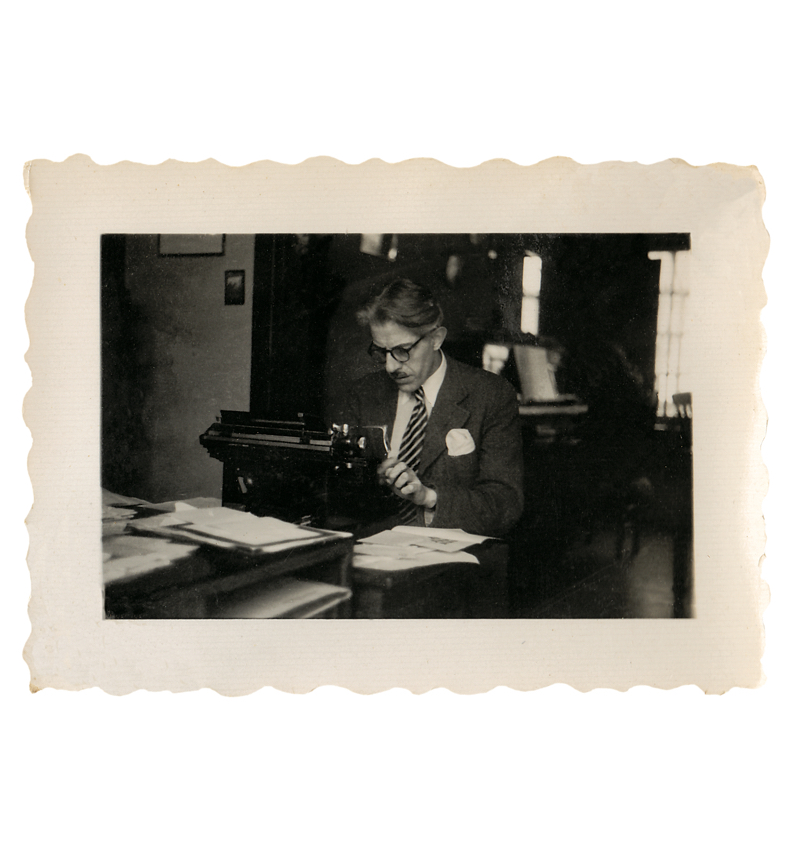
THE HOLOCAUST IN BELGIUM
The German military administration promulgated the anti-Jewish ordinances. Short-staffed, they saw to it that Belgian local authorities carried them out.
On August 29, 1941, an ordinance restricted the free movment of Jews and subjected them to a curfew. On January 17, 1942 they were forbidden to leave the country. On November 25, 1941, the military command created the Association of Jews in Belgium (AJB), whose leaders were community figures appointed by the occupier. Its purpose was to « organize Jewish emigration », i.e. deportation to the East. Jews were forced to join the AJB. On December 1, 1941, the military command ordered the explusion and exclusion of Jewish children from non-Jewish schools. From May 27, 1942, all Jews above the age of six were required to wear the yellow star in public. On July 15, 1942, the Breendonk camp’s commander was put in charge of setting up a transit camp for Jews in the Dossin barracks in Mechelen. From August 15 to September 12, the Sipo organized six massive roundups of Jews resulting in the deportation of 4 336 people to Auschwitz-Birkenau.
Faced with persecution and deportation, Jews tried to escape by any means possible, sometimes risking their lives. In Septemver 1942, the Independence Front formed the Jewish Defense Committee, which under its main leader, Hertz Jospa, brought together Jews and non-Jews of all political stripes to help Jews go into hiding. The movement focused on saving children. Yvonne Jospa set up the children’s section. The Holocaust swallowed up 46% of Belgium’s Jewish population.
A CARTOON IN HISTORY
After the Liberation, scores were quickly settled with collaborators and the role of each was measured against the political concerns of the moment.
Le Journal de Spirou reappeared successfully, with a new generation of forward-looking authors.
It will take the work of Émile Bravo, to remember this buried past, to transmit to the new generations the humanist ideas stemming from this work of memory, but also, simply, to do justice to these heroes of the past.

